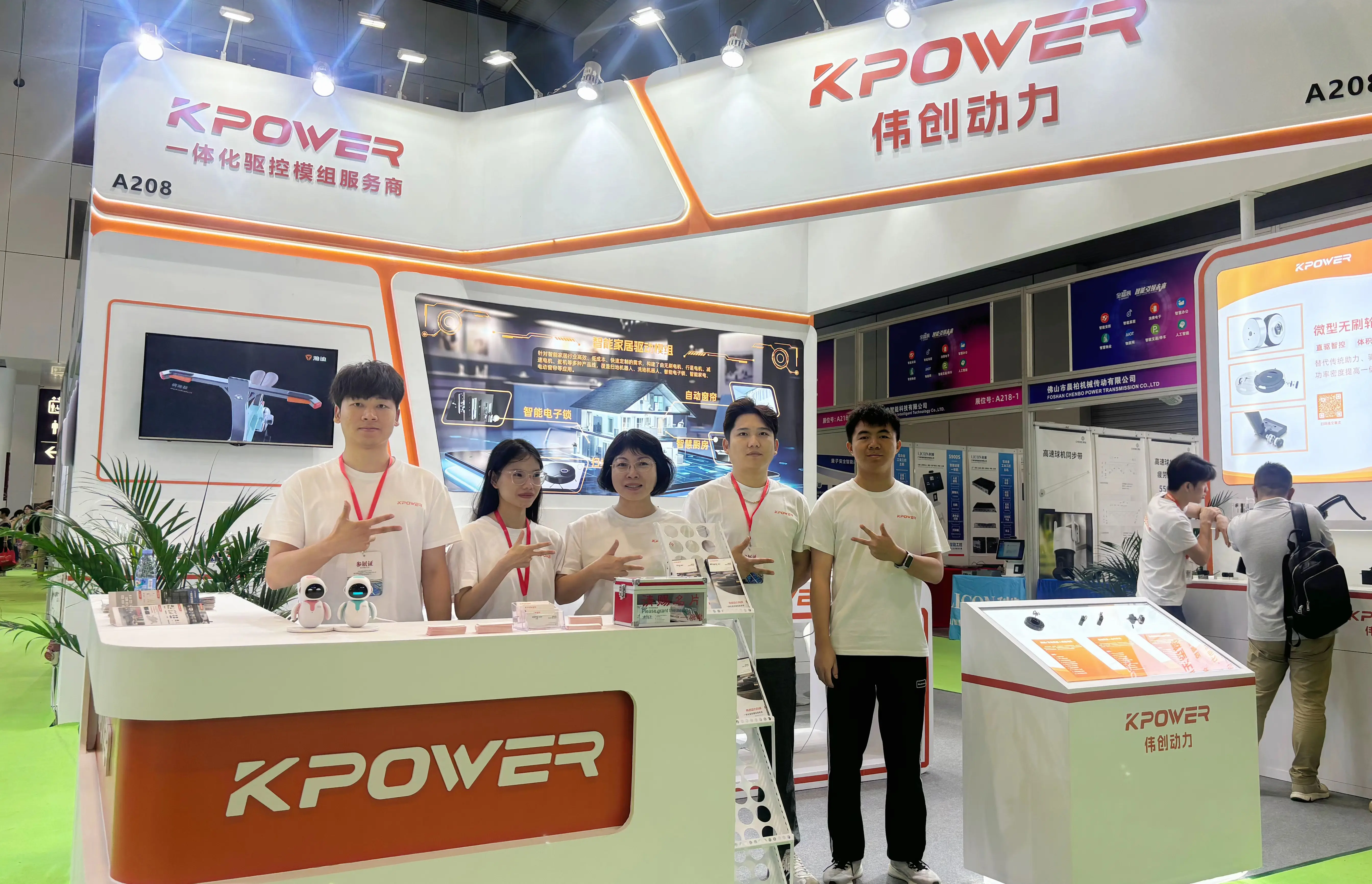Certainly! Here is the first part of a detailed, engaging, and informative soft article on the difference between servo and DC motors, divided into two parts as requested.

part 1:
Unveiling the Powerhouses: Understanding the Key Differences Between Servo and DC Motors (Part 1)
Every inch of modern technology, from robotic arms in manufacturing to remote-controlled vehicles, relies heavily on electric motors. Among the countless types available, two stand out due to their widespread use and critical roles: servo motors and DC motors. While both convert electrical energy into mechanical motion, their designs, functionalities, and typical applications set them worlds apart.
Let's start by unraveling the basic principles behind each, exploring how they operate, and identifying their core characteristics.
The Basics of DC Motors
DC motors are perhaps the most familiar type of electric motors. Their working principle is straightforward: they convert direct electrical current into rotational motion via the interaction of magnetic fields. When a DC voltage is applied to the motor's terminals, current flows through a coil or armature winding, generating a magnetic field. This magnetic field interacts with permanent magnets or additional electromagnetic fields, producing torque.
Types of DC motors:
Brushed DC motors: They contain brushes and a commutator to switch the direction of current flow, enabling continuous rotation. Brushless DC motors (BLDC): They replace brushes with electronic commutation, providing improved durability and efficiency.
Characteristics of DC motors:
Speed control: Varying the voltage or using PWM (pulse-width modulation) can control their speed effectively. Torque: They generally produce high starting torque. Simplicity and cost: Especially in brushed versions, these motors are simple, cost-effective, and easy to maintain.
Applications: DC motors are found in everything from toys and household appliances to industrial machinery where variable speed and straightforward control are needed.
The Basics of Servo Motors
Servo motors are more specialized. They’re designed to precisely control the angular position of a shaft, rather than just providing rotational motion. Think of servo motors as the 'precision specialists’ of the motor world, capable of quick, accurate movements—a perfect fit for applications demanding fine control.
How do servo motors work? A typical servo system combines a motor (often a customized DC motor), a feedback sensor (like an encoder), and a control circuit. The control circuit compares the desired position with the actual position (from the feedback sensor). Based on this comparison, it adjusts the power supplied to the motor, employing a closed-loop control mechanism to reach and maintain accurate positioning.
Types of servo motors:
AC servo motors: Utilize alternating current and are common in industrial automation. DC servo motors: Use direct current and are popular in robotics and hobbyist projects.
Characteristics of servo motors:
Precision: Capable of rotational accuracy often within fractions of a degree. Speed and torque control: Their behavior is governed by the control system rather than just voltage or current. Built-in feedback: Their operation depends on sensors providing real-time position data.
Applications: Servo motors dominate in robotics, CNC machinery, radio-controlled aircraft, and camera autofocus systems—anywhere precise, repeatable positioning is essential.
That’s a broad brushstroke overview of both motor types. Understanding their foundational differences lays the groundwork for a deeper look at how each operates, their control mechanisms, and practical applications.
What’s Next? In the next installment, we'll delve into the detailed workings of each motor, comparing their control systems, construction, response characteristics, and real-world applications. By understanding these nuances, you'll grasp why one might be chosen over the other in specific scenarios—and how advancements in technology continue to evolve both motor types in exciting ways.
Stay tuned for part 2, where we explore the intricacies that make these motors unique and indispensable in today’s engineered world.
Leveraging innovations in modular drive technology, Kpower integrates high-performance motors, precision reducers, and multi-protocol control systems to provide efficient and customized smart drive system solutions.




































